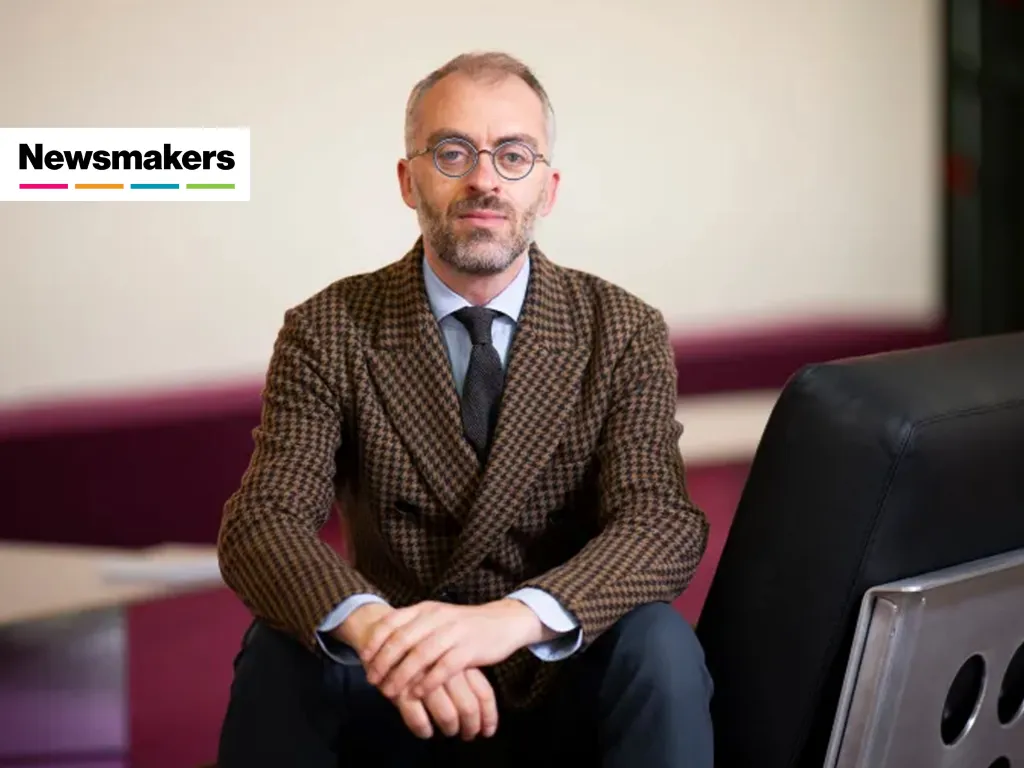Editor’s Note: This story is part of Newsmakers, a new ARTnews series where we interview the movers and shakers who are making change in the art world.
In July, Italy’s government finally bowed to two decades of lobbying from galleries, auction houses, and antique dealers and slashed VAT on art sales from 22 percent to just 5 percent, the lowest in the European Union. This year’s edition of Artissima, Italy’s largest contemporary art fair, closed its doors on Sunday; there was a huge turnout, and many of the 73 Italian galleries reported an uptick in sales thanks to the tax cut, with prices ranging from $2,200 to nearly $20,000.
Blue-chip dealer Thaddaeus Ropac set up shop in Milan in September, fueling hope that Italy’s art market is on the up, as well as Itlay’s flat tax rate of €200,000 for non-domiciles—UK residents whose permanent home is outside the country for tax purposes. That is seemingly more attractive to Britain’s ultra-wealthy, especially in light of the ruling Labour government’s February decision to overhaul long-standing tax rules.
ARTnews spoke to Artissima’s director, Luigi Fassi, about the new tax rate, his thoughts on the future of the country’s art market, and how Italian dealers should navigate this moment.
This interview has been edited and condensed for clarity and concision.
ARTnews: How has the reduced VAT on art sales rate impacted Italy’s arts scene since it came into force this summer?
Luigi Fassi: The reduced VAT on art sales doesn’t only impact Italy’s art sector, it effects the entire country. The government reduced the rate in the second half of July, right in the middle of summer, so things started a bit slowly. But now collectors are fully aware of the change and are eager to make the most of it. It’s a major shift. No one can really complain anymore, neither galleries nor collectors. The VAT reduction is the result of 20 years of lobbying by the Apollo Group [an association of Italian antiquarians, art galleries, collectors, art logistics companies, and auction houses]. Fortunately, the government finally understood how crucial it was. It’s not just about supporting the art market—it will have a broader impact on the entire Italian art system, including public institutions.
Ultimately, it means more acquisitions by collectors, more income for galleries, and therefore more money benefiting artists. This has a ripple effect. It influences the very creation of art and supports the creative community. In the end, it should also lead to greater support from the private sector, particularly galleries, toward public institutions. We all know it’s crucial for institutions today to engage more actively with the market, especially with galleries. It’s like having a 15-percent discount on art prices, which is fantastic. Many collectors, from the very established to the younger ones, had long complained about how absurd it was to add 22 percent VAT on top of the price. Now that’s gone, it’s great news for them. Psychologically it’s also a huge relief. It’s no secret that Italy has never had many publicly funded institutions, and I believe this change will benefit them as well.
This year’s Artissima saw a huge crowd on its VIP day.
Photo Giorgio Perottino
Did the new VAT rate help Italian dealers at this year’s Artissima?
We knew this year’s Artissima, the first edition of the fair since the reduced rate came into force, would be a true litmus test for the Italian market. Over the four days of the fair, it gave gallery sales a significant boost. This measure will, in the coming months, redefine Italy’s role within Europe’s art world. It doesn’t only impact financial margins, but also Italian dealers’ mentality; they are no longer the underdogs.
For decades, Italian galleries complained that they couldn’t compete internationally, while collectors often bought the same artists abroad to pay lower prices. Now, we’ve gone from one of the highest VAT rates to one of the lowest. It’s an extraordinary change. Collectors in Italy are motivated and excited; they feel empowered and heard. This new energy will have a real impact. There are no excuses left. It’s time for collectors and galleries to raise their voices and strengthen their ability to compete globally.
Several big names in the art world attended the fair this year, like Hans Ulrich Obrist (artistic director of the Serpentine Galleries in London) and Emma Lavigne (director of the Pinault Collection). Is Artissima is outgrowing its status as a regional fair?
Artissima continues to grow while remaining true to its identity as both an institutional fair and a dynamic market platform. This year, it further strengthened its profile by addressing the transformations of the art market from multiple perspectives. The excitement this year centered on the fair’s success in creating an environment that attracts a greater number of patron groups from international museums thanks to a tailored approach to building and nurturing those relationships. Artissima has also drawn an increasing number of collectors to Turin, a result of close collaboration with participating galleries and a focused, year-round scouting strategy.
This year also marked the launch of the Vilnius Residency Prize, developed in collaboration with the CAC in Vilnius and the Lithuanian Embassy in Rome, as well as the presentation of the Anonymous Art Project from Japan, dedicated to increasing the visibility of Japanese artists and curators in Italy and across Europe.
